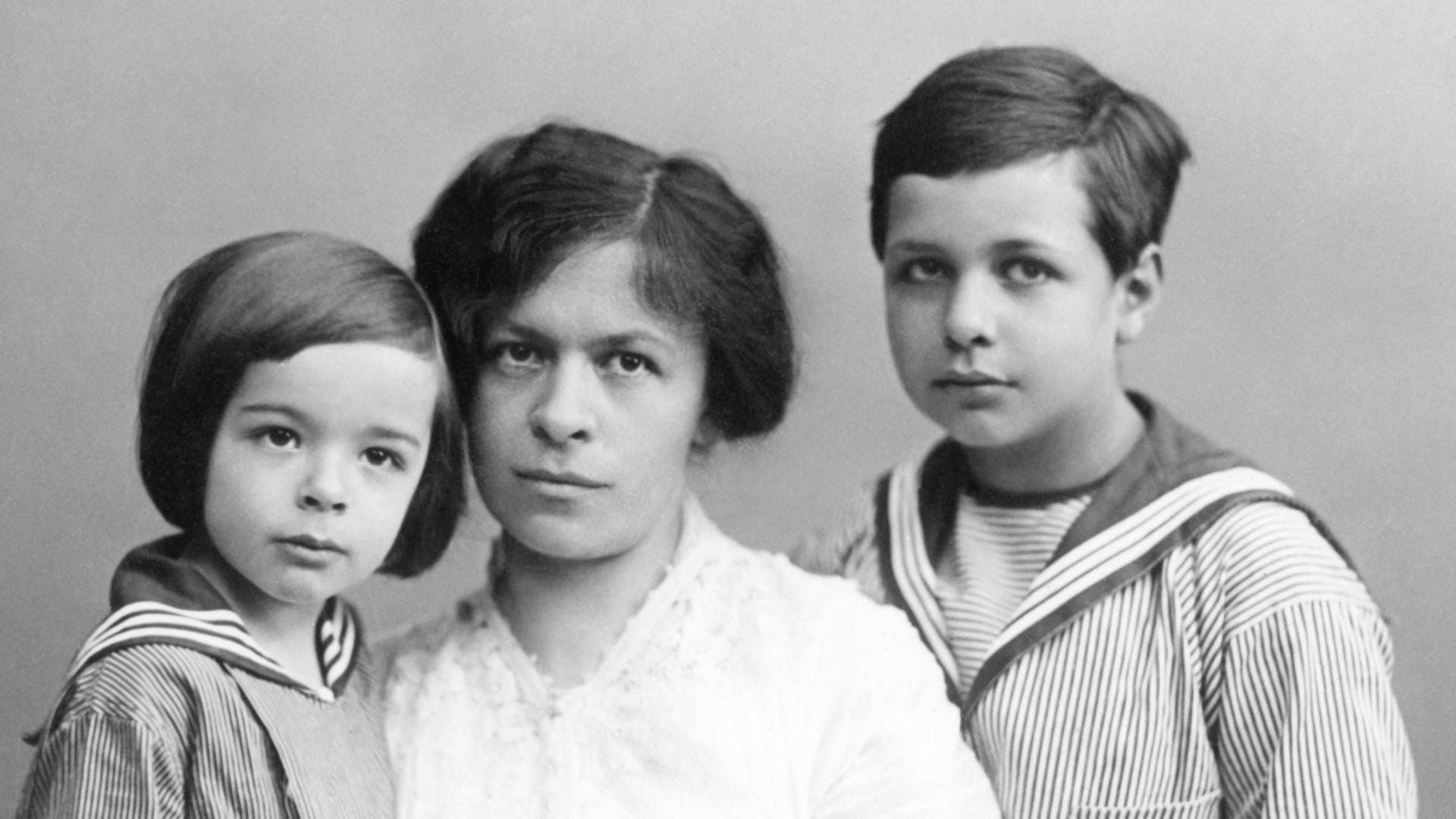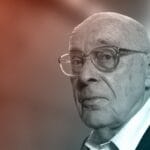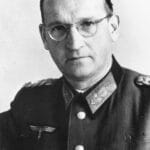Beyond the Genius: The Life of Hans Albert Einstein
You might know Albert Einstein, the brilliant physicist who unlocked secrets of the universe. But did you know about his son, Hans Albert Einstein? While he might not be as famous as his father, Hans Albert was a brilliant engineer in his own right, leaving a lasting impact on how we understand and manage our planet’s rivers.
Growing up with Albert Einstein as his father, young Hans Albert was immersed in a world buzzing with scientific ideas. It’s likely these early experiences cultivated his deep love for science and the intricate workings of the natural world. However, rather than following directly in his father’s footsteps, Hans Albert was drawn to a different but equally crucial element: water.
From Switzerland to the Mississippi: A Career Forged in Water
Following his passion, Hans Albert pursued a degree in civil engineering at ETH Zurich, a prestigious institution renowned for its rigorous academic programs. He thrived in this environment, ultimately earning his doctorate. However, the escalating turmoil of World War II disrupted his career. By 1938, with the shadow of Nazism spreading across Europe, Hans Albert sought refuge in the United States, joining the faculty at the University of California, Berkeley.
It was at Berkeley that Hans Albert truly flourished, becoming a respected engineer and pioneering researcher. His work, primarily focused on hydraulic engineering, challenged conventional thinking and reshaped our understanding of how rivers move, carve landscapes, and transport sediment.
The “Bedload Function”: Predicting the Dance of Sand and Water
One of Hans Albert’s most significant contributions to the field was his development of the “Bedload Function.” This groundbreaking concept provided engineers with a mathematical tool to predict the movement of sand and rocks along a riverbed – a critical factor in designing dams, bridges, and flood control measures. Before this, understanding and anticipating how sediment would move in a dynamic river system was a significant challenge. Hans Albert’s “Bedload Function” was a game-changer, leading to more effective infrastructure design and strategies to mitigate the destructive power of floods.
A Legacy of Sustainable Water Management
But Hans Albert’s curiosity didn’t stop at sediment transport. He was also fascinated by the larger picture of river mechanics: how these powerful bodies of water carve landscapes, shift their courses over time, and interact with the sediment they carry. His research provided invaluable insights into these processes, leading to more sustainable river management practices. Thanks to his work, we can better anticipate a river’s behavior, protect vulnerable communities from flooding, and work with the natural flow of water systems, rather than against them.
Living in a Famous Shadow
Even though he lived in the shadow of one of history’s greatest minds, Hans Albert Einstein forged his own path, becoming a giant in the field of civil engineering. His story reminds us that brilliance can take many forms, and even amidst the turbulence of life, pursuing knowledge and understanding the world around us can lead to extraordinary contributions. Hans Albert wasn’t just born into a legacy; he built upon it, expanded it, and ultimately left his own indelible mark on the world.
What Happened to Einstein’s Son Hans?
Born in 1904, Hans Albert lived a full life, passing away in 1973 at the age of 69. Unlike his father, whose life ended in the public eye, the circumstances surrounding Hans Albert’s death are not widely documented. What is known is that Hans Albert dedicated his career to the study and understanding of hydraulic engineering, making significant contributions to our knowledge of sediment transport and river mechanics.
What is Hans Albert Einstein Famous For?
Hans Albert Einstein is renowned for his groundbreaking work in hydraulic engineering, particularly his research on sediment transport in rivers and streams. His development of the “Bedload Function,” a mathematical tool to predict the movement of sediment in river systems, revolutionized how engineers design dams, bridges, and flood control measures. His work continues to be influential today, guiding our approach to sustainable river management and water resource protection.
Are Any of Einstein’s Descendants Alive?
While Hans Albert Einstein passed away in 1973, his legacy lives on. He had three sons:
- Bernhard Caesar Einstein (1930-2008): Bernhard followed in the scientific footsteps of his father and grandfather, becoming a physicist.
- Klaus Einstein (1932-1938): Sadly, Klaus died in childhood from diphtheria.
- David Einstein (adopted): Information about David’s life remains largely unknown.
It is believed that Bernhard Caesar Einstein had five children, which means that direct descendants of Albert Einstein are likely alive today. However, they have chosen to maintain their privacy, and little is publicly known about their lives.
Learn More:
Have you heard of Hans Albert, the German philosopher who contributed to the field of critical rationalism and positivism? Learn more about his life, theories, and legacy by exploring his page.
Interested in the history of the American West? Read about the adventures of Harry Alonzo Longabaugh, also known as the Sundance Kid, and his fellow outlaws, including Harry Longabaugh, a notorious member of Butch Cassidy’s Wild Bunch gang.
- Unveiling the Enigma: Mansoureh Khojasteh Bagherzadeh’s Public Appearances & Private Life in Iran - July 18, 2025
- Unveiling the Mystery: Mansoureh Khojasteh Bagherzadeh’s Husband: A Rare Glimpse into a Private Life - July 18, 2025
- Unveiling Masoud Khamenei’s Mother: Power, Influence, and Iran’s Future - July 18, 2025

















3 thoughts on “Hans Albert Einstein: A Legacy Forged in Water and Sediment”
Comments are closed.